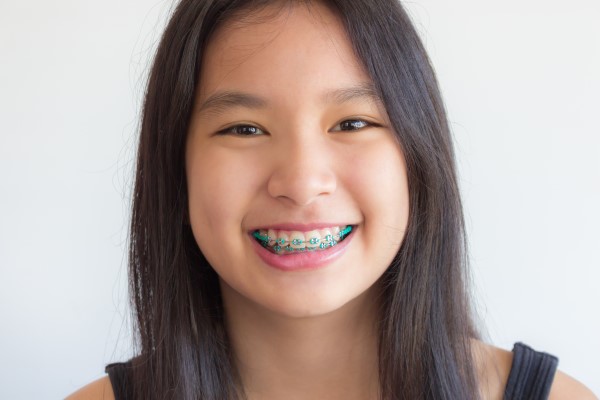Teeth Straightening Options From Your Orthodontist

More people are recognizing the importance of teeth straightening. You can consult your dentist if you think you need this treatment. Receiving a referral to an orthodontist can present the possible types of dental straightening. Here are the different teeth straightening options that your orthodontist can offer.
Clear aligners
This type of teeth straightening system involves wearing removable, custom-fit, and invisible plastic aligners. Many people prefer clear aligners because it removes the need for metal wires and brackets. The patient must wear each new aligner tray for two weeks and switch to the new one. This is a gradual dental realignment process that needs the patient’s commitment and dedication. Clear aligners can correct mild to moderate alignment issues, including dental gaps.
Traditional metal braces
These teeth straightening components are effective and visible. The metal arch-wire and brackets connect to the teeth and each other by elastics. The arch-wire applies pressure to the target teeth. Each tightening shifts the teeth into their correct position.
Traditional braces are effective in treating severe misalignment and bite problems. But this type of teeth straightening option is not appealing to many adults and teens. The treatment will last for about 18-36 months. Even if metal braces are effective, the high visibility results in awkwardness and self-consciousness.
Lingual braces
These are less common teeth straightening options. The components are wires and brackets that fit the arch of the mouth and the teeth. The dentist attaches them behind the teeth. Lingual braces are even more uncomfortable than traditional braces, yet the system is discreet. The treatment will take six months to three years.
Ceramic braces
The dentist will use clear or tooth-colored brackets. This makes this type of teeth straightening treatment less visible. The rubber bands and arch-wire are clear. The treatment time is 18-36 months.
Headgear
An individual may need an orthodontic headgear along with traditional braces. Alone, regular braces can realign teeth. With the headgear, the dentist can correct the shape of the face, as well as the jaw shape and growth. The patient must wear this type of teeth straightening option for 12 hours each day. The treatment takes one to two years.
Retainers
This is a supportive teeth straightening option. A patient must wear retainers after wearing braces or aligners. Retainers can secure the position of the corrected teeth. These components can be either permanent or removable. Treatment time is at least four to six months.
Palate expanders
Children wear these expanders so that the palate or roof of the mouth can widen. These expanders can treat crowded and impacted teeth, as well as crossbites. The orthodontist may provide permanent or removable expanders. Treatment time is about three to six months.
Dental veneers
Some patients want straight-looking teeth without going through months of wearing aligners or braces. The orthodontist can offer dental veneers for this case. These custom-fit shells attach to the front of the teeth. Veneers improve the color, size, and shape of the teeth. These shells can also make teeth look straight.
The right teeth straightening option can improve your quality of life
Having straight teeth can improve your appearance and dental health. Your orthodontist can assess your teeth first. Then, suggesting the right teeth straightening option will follow. Working with your orthodontist can help you reach your dental health goals.
Request an appointment here: https://www.loveortho.com or call Lovrovich Orthodontics at (206) 525-7000 for an appointment in our Seattle office.
Check out what others are saying about our services on Yelp: Read our Yelp reviews.
Recent Posts
Any parent or guardian looking for a pediatric orthodontist will need to do a bit of legwork. You have to find an orthodontist that both you and your child can stick with for the long term. The good news is that your child will benefit from timely and effective treatment.To help with your search, here…
A properly aligned smile comes from quality orthodontic care. A braces specialist helps fix misalignments, including crowding, gaps, bite issues, and crooked teeth. When pursuing teeth straightening orthodontic treatment, it is important to choose an experienced braces specialist for effective and long-lasting treatment.An orthodontist who focuses on braces treatment undergoes additional years of education and…
Invisalign® for teens improves the alignment of your child’s teeth without them having a mouthful of metal brackets and wires. Metal braces have been the standard way to fix teeth alignment problems and have been used since the 1800s.While braces remain one of the most effective ways to straighten teeth, these devices are highly visible…
Having an orthodontist treat your teeth can be a long and sometimes difficult journey, but seeing the result of a perfect smile is worth it. But after your braces are removed, it is important to remember that your teeth care does not end there. To ensure that your new smile stays healthy and beautiful, a…


